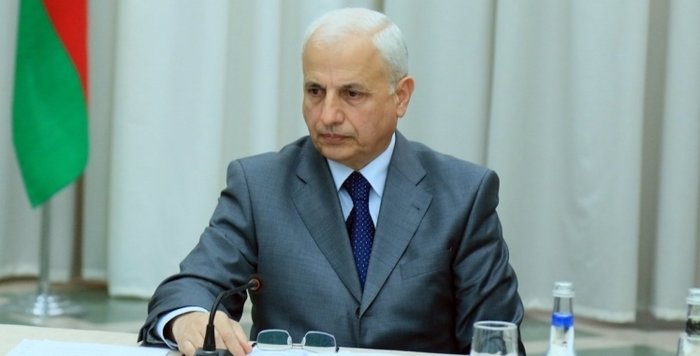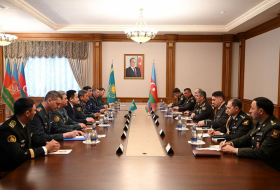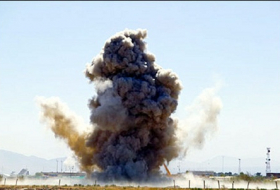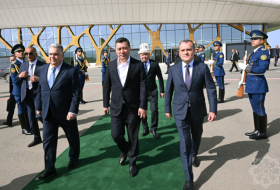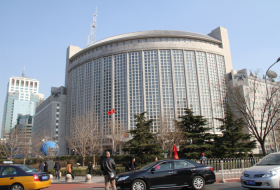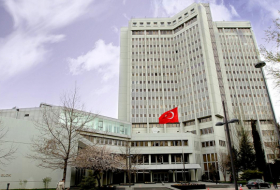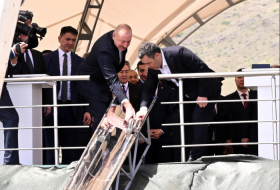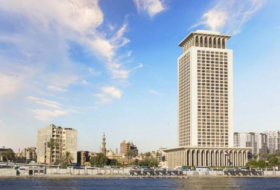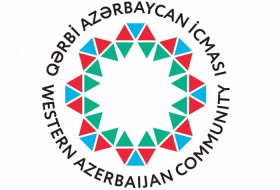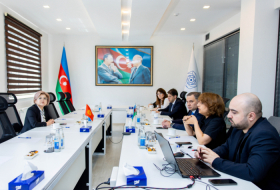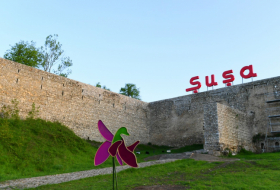“During the reporting period, the GPS coordinates began to be defined of the burial places of people who were martyred during the conflict and buried without being identified. 127 unknown burial places were discovered and their coordinates defined,” he said.
As of 1 July 2016, there are a total of 1,436 people registered by the State Commission as people rescued from hostage or captivity, according to the working group head.
Akhundov noted that efforts to verify the data about missing people and eliminate the difference between the current list and that of the International Committee of the Red Cross were continued.
“The fates of 213 people were found out and their names were removed from the lost. At the same time, it became clear that 11 people had gone missing during the fighting prior to the ceasefire,” he said.
According to data to 1 July 2016, there are currently 3,803 people registered by the State Committee as missing people, said Akhundov, adding that the difference between the lists presented by the ICRC and the State Committee as to missing people has been reduced from 300 to 85 people.
Addressing the meeting, Madat Guliyev, Chairman of State Commission, Chief of the State Security Service, noted that the issue of the release of Azerbaijanis Dilgam Asgarov and Shahbaz Guliyev, who were taken hostage by Armenians in Azerbaijan’s occupied Kalbajar district, is closely being followed by the country’s president.
He said that the Azerbaijani side has set reasonable demands to the relevant international organizations.
Guliyev also mentioned that the State Commission’s working group worked in enhanced mode during the April clashes.
The Nagorno-Karabakh conflict entered its modern phase when the Armenian SRR made territorial claims against the Azerbaijani SSR in 1988.
A fierce war broke out between Azerbaijan and Armenia over the Nagorno-Karabakh region of Azerbaijan. As a result of the war, Armenian armed forces occupied some 20 percent of Azerbaijani territory which includes Nagorno-Karabakh and seven adjacent districts (Lachin, Kalbajar, Aghdam, Fuzuli, Jabrayil, Gubadli and Zangilan), and over a million Azerbaijanis became refugees and internally displaced people.
The military operations finally came to an end when Azerbaijan and Armenia signed a ceasefire agreement in Bishkek in 1994.
Dealing with the settlement of the Nagorno-Karabakh conflict is the OSCE Minsk Group, which was created after the meeting of the CSCE (OSCE after the Budapest summit held in Dec.1994) Ministerial Council in Helsinki on 24 March 1992. The Group’s members include Azerbaijan, Armenia, Russia, the United States, France, Italy, Germany, Turkey, Belarus, Finland and Sweden.
Besides, the OSCE Minsk Group has a co-chairmanship institution, comprised of Russian, the US and French co-chairs, which began operating in 1996.
Resolutions 822, 853, 874 and 884 of the UN Security Council, which were passed in short intervals in 1993, and other resolutions adopted by the UN General Assembly, PACE, OSCE, OIC, and other organizations require Armenia to unconditionally withdraw its troops from Nagorno-Karabakh.
More about:








